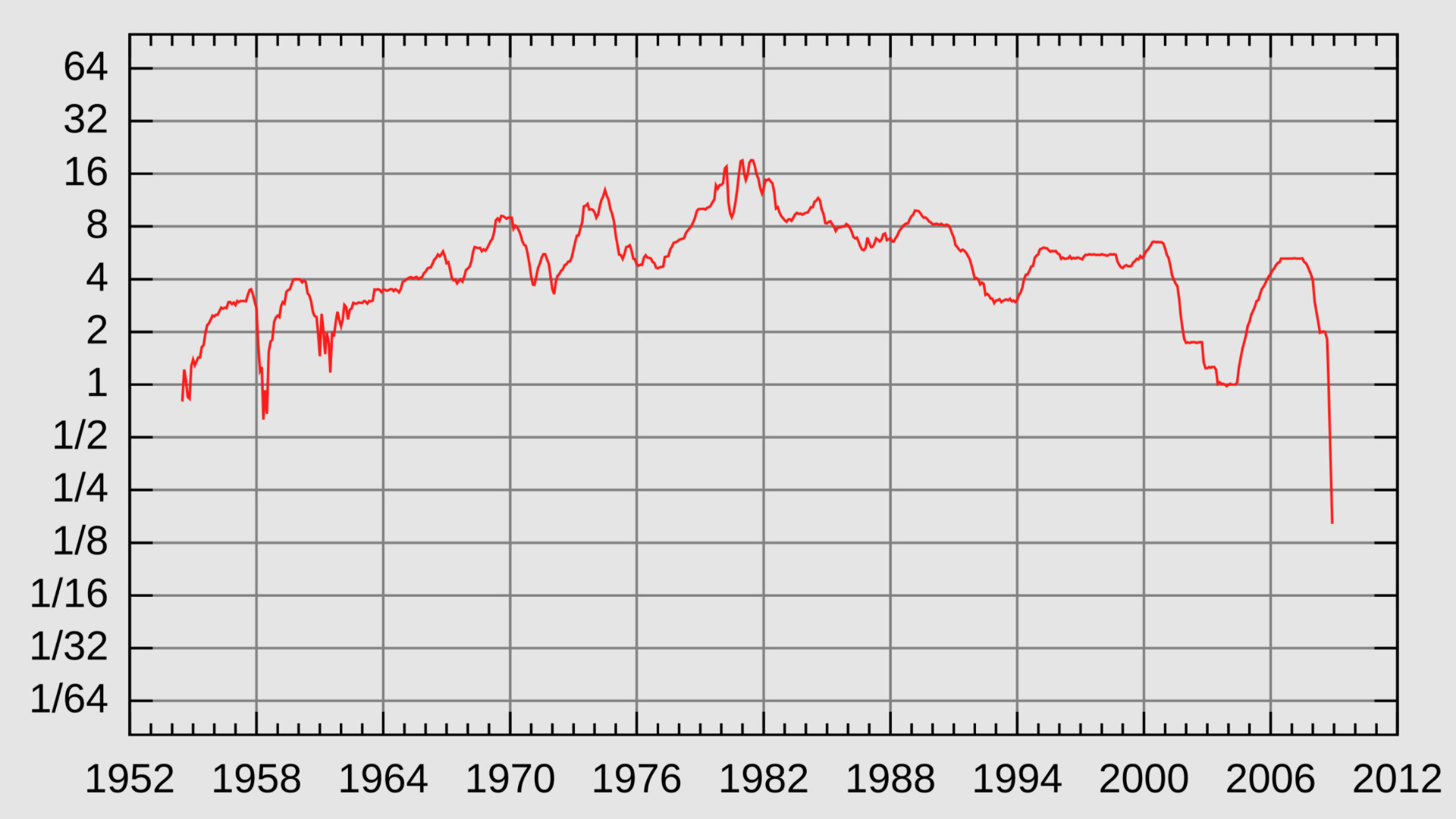Lobster: A Lightweight Programming Language for Game Development
Lobster is a programming language combining the benefits of static typing and compile-time memory management with a lightweight, user-friendly syntax. While general-purpose, its current implementation leans towards games and graphics, boasting 'batteries-included' functionality. Open-source (Apache v2), Lobster offers rapid prototyping, JIT and C++ compilation, strong type inference, vector operations, multithreading, a rich standard library, and a graphical debugger. It's cross-platform, supporting Windows, Linux, macOS, iOS, Android, and WebAssembly.
Read more



_-_4.jpg)












